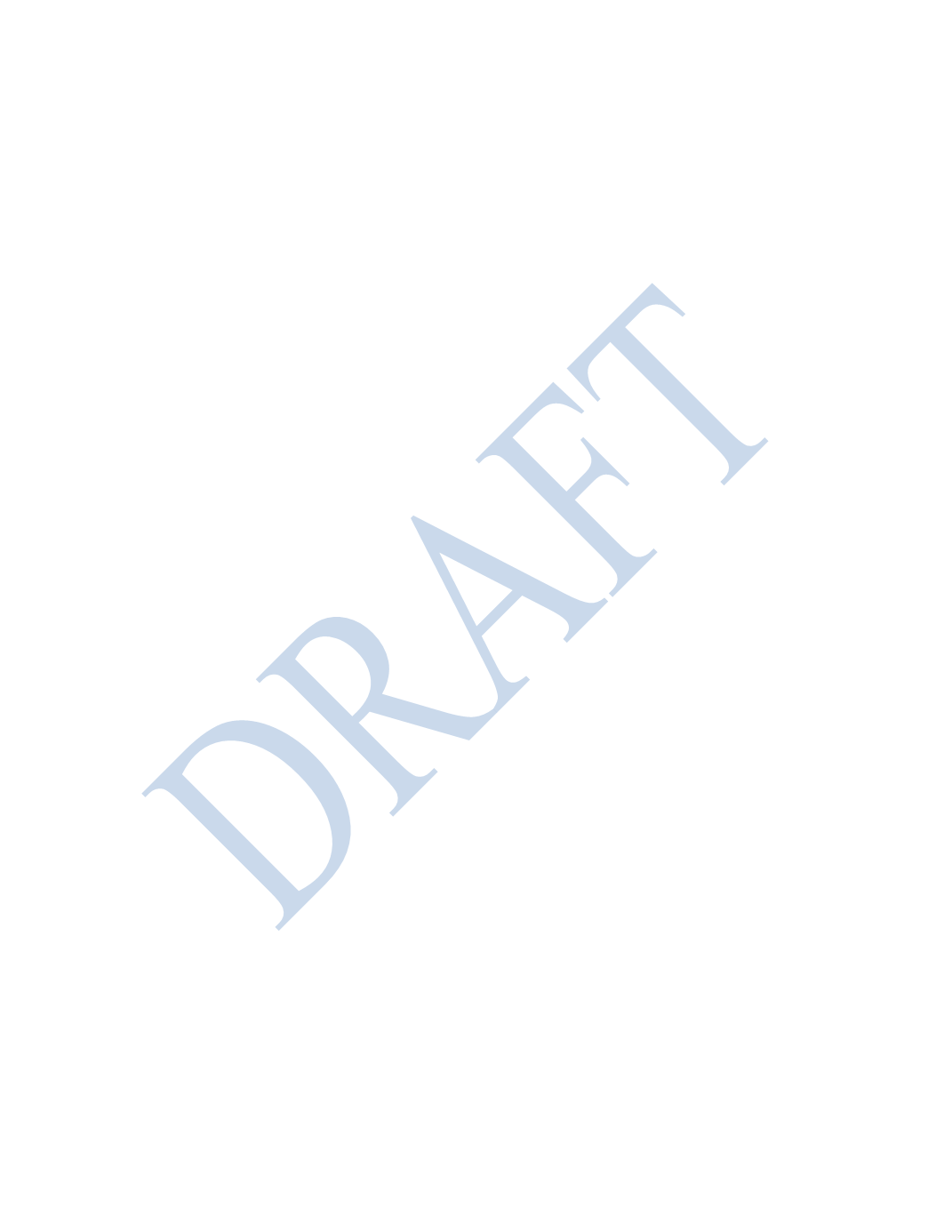

85
DoDEA School Health Services Manual 2942.0 Volume 1 Revised: 2016 DRAFT
each ear should be at least 20-25 dB, depending on ambient noise in the testing area.
Students should be retested in 2 to 4 weeks for “missing” any frequency in either ear
and referred for “missing” any frequency during the rescreening.
Assessment Tools for Screening Hearing
•
Audiometer
•
Tympanometer
•
Otoscope
Types of Hearing Screening
Three types of hearing tests are recommended for use in school hearing
screening programs:
•
Pure Tone Screening (Sweep Test)
Pure Tone screening or a sweep test is a quick screening of specific
frequencies (1000, 2000, & 4000 Hz) at a decibel level of 20. Ambient noise
in the testing area may be such that the decibel level can be raised to 25 dB.
•
Pure Tone Threshold Test
Threshold testing is designed to determine the lowest decibel a frequency can
be heard. This test is not considered a normal screening tool for the general
school population but may be used for students being considered for special
education.
•
Impedance Test ing
Impedance testing is designed to measure the mobility of the ear drum. This
test may be used with younger children who are suspected to have an
undiagnosed hearing loss.
Implications of Identifying a Hearing Loss
The following classifications are based on hearing levels through the
frequency range most crucial for the understanding of speech and are a general
guide to the degree of severity of hearing loss:
Mild Hearing Loss (25–40 dB)
•
Has difficulty hearing faint or distant speech.
•
Needs favorable seating.
•
May benefit from lip-reading instruction.
•
May benefit from hearing aid.
Moderate Hearing Loss (40–59 dB)



















